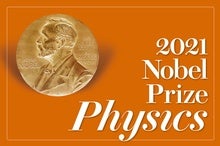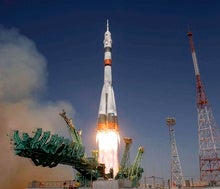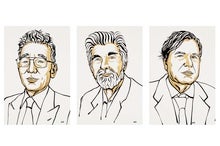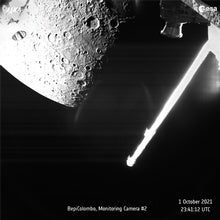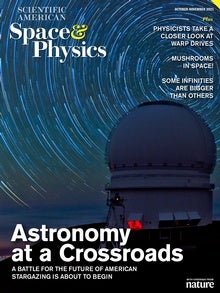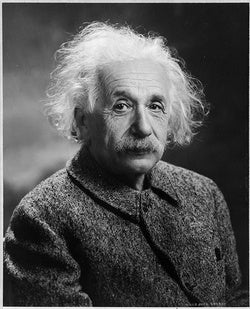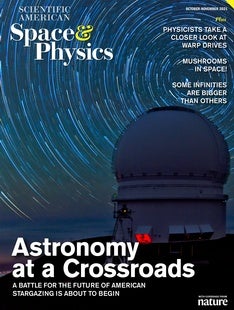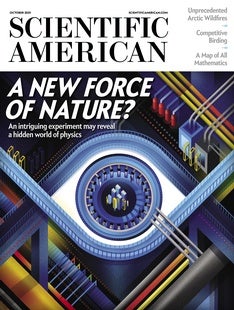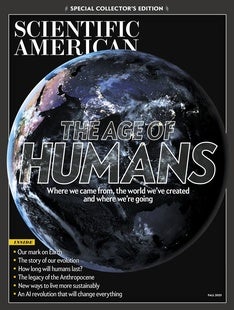 |
| October 07, 2021 |
Dear Reader,
Scientists have long predicted and even studied amazing microscopic structures made of electrons called Wigner crystals—but now, for the first time, physicists have actually imaged one. A scanning tunneling microscope captured electrons tidily arranged in a honeycomb pattern, just as atoms do in a normal solid material. The same technique could allow scientists to image other hard-to-capture phenomena. The Nobel Prizes were announced this week, and we have coverage of the science behind the winners. Also, astronomers are disappointed that NASA failed to rename the soon-to-launch James Webb Space Telescope after researchers protested that its namesake was involved in anti-LGBT+ harassment. And in lighter news, a Russian actress and director have arrived at the International Space Station to film the first movie in space. |
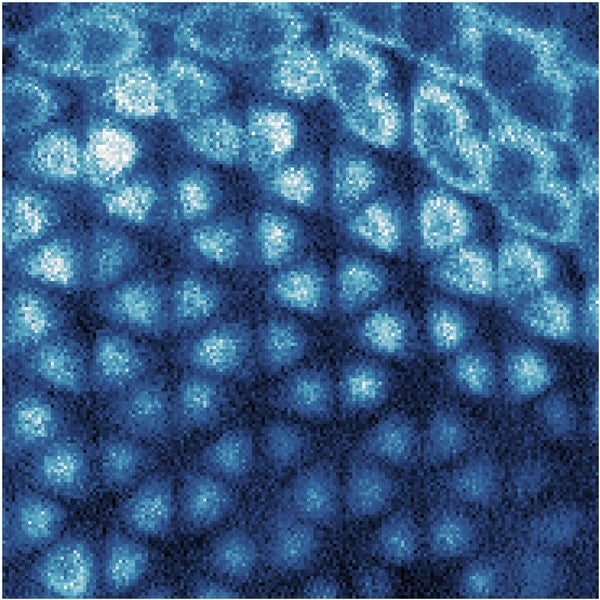 |
| |
| |
| |
| |
| |
| |
| |
FROM THE STORE
 | | | |
| |
| |
FROM THE ARCHIVE
 | | | |
LATEST ISSUES
 |
| |
| Questions? Comments?  | |
| Download the Scientific American App |
| |
| |


